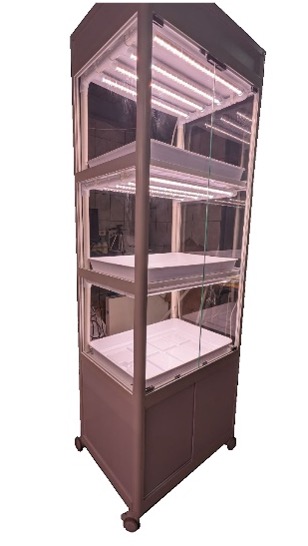Catalog
Search
3998 products
View:
- Selected: 0Foreign brand
- Selected: 0By name of foreign product
- Selected: 0Names
- Selected: 0Russian analogue
- Selected: 0Applying
View:
3998 products

Table-sink LAB-M MO ME 150.65.90 T6F
Furniture for laboratory work.
Washing table on a metal support stand LAB-M MO ME 150.65.90 T6F
Width: 1500
Depth: 650
Height: 900
Equipment:
Table top – TRESPA TopLabPlus - a monolithic slab of ultra-high pressing thickness of 6 mm with a chemically resistant surface made of polyurethane–acrylic composition, the lining material is moisture-resistant plywood 15 mm thick; the table top is edged with a dark gray plastic edge
1 built–in bowl - FRIDURIT ceramics. The location of the bowl in the center, the mounting of the bowl is flush with the level of the countertop.
Inner bowl size – 400*400*250 mm
The base of the sink table is a metal support pedestal. All-welded frame painted with dark grey powder paint RAL 7011. The bottom and top of the housing are sheet steel painted with dark gray powder paint RAL 7011, the side walls are made of sheet steel painted with white powder paint RAL 9016.
Facades – laminated MDF of white color with a thickness of 16 mm, dark gray ABS edging
LOIP
Saint Petersburg
Produced in: Saint Petersburg
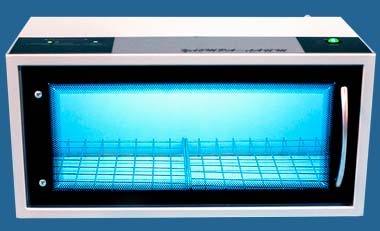
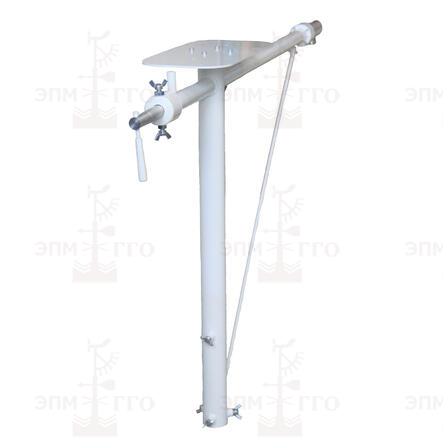
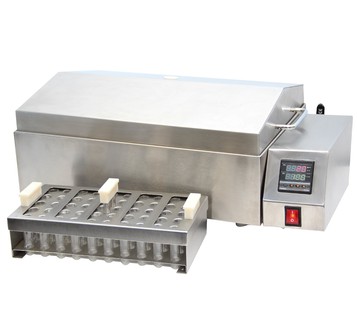
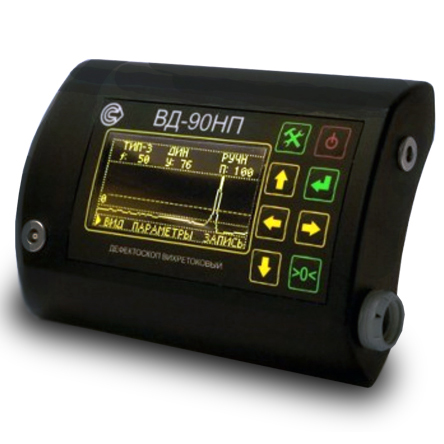
VD-90NP Eddy current flaw detector in the basic configuration
from
295 000 ₽
The principle of operation of the device:
The principle of operation of the flaw detector is based on the excitation of eddy currents in the controlled product and the subsequent release of a signal at the output of the converter, the amplitude and phase of which are determined by the secondary field of eddy currents.
Design features and advantages of the VD-90NP flaw detector.
The device has a small-sized case, which ensures its lightness, ergonomics and allows you to mount it on your belt or on your arm. The measurement is performed using a remote converter connected by a flexible cable. There are several types of converters for eddy current flaw detection of products made of different materials and different geometries. The large and bright display displays the selected operating modes and measurement results in text and graphic form. The VD-90NP is also characterized by:
high sensitivity (it detects cracks starting from 0.1 mm in size);
dust–and-moisture-proof housing, which makes it applicable for work in the field;
large operating frequency range;
maximum working clearance up to 10mm;
Bluetooth connection;
the ability to control products with high surface roughness, up to Rz320 class;
light and sound indication of defect detection;
wide operating temperature range from –30°C to +50°C;
autonomous low-voltage power supply;
long continuous operation time from one set of batteries;
compliance with the standard GOST R ISO 15549-2009 (ISO 15549:2008).
The use of a microprocessor-based hardware and software platform provide it with the following operational characteristics:
automatic adjustment when measuring conditions change, including compensating the influence of the gap;
built-in calibration modes;
saving the measurement results in the internal memory of the device;
a large number of stored programs: sets of parameters and measurement modes, both preset and saved by the user so as to repeatedly monitor the same type of products;
The Bluetooth 2.0 wireless communication module allows the device to be used in conjunction with an external laptop or mobile device for remote control, transmission of measurement results for further storage, printing, documentation and analysis.
Scope of application:
The eddy current method is suitable for non-destructive testing and detection of microcracks in products and parts made of any metals and alloys of complex shape, with high surface roughness, through non-conductive coatings, as well as for checking welded joints. The flaw detector can be used to control parts and assemblies of aviation equipment.
The VD-90NP eddy current flaw detector is used for quality control and preventive examination of:
- components and parts of rolling stock at railway transport enterprises: wheel sets, auto coupler housings, side frames, spring beams, labyrinth rings, pulleys;
- pipes, profiles, rods at rolling mills at the output control, and at the input control of consumers of products;
- products made of aluminum and titanium alloys with multilayer coatings at enterprises of the aviation and aerospace industry;
- cables, beams, critical components of equipment (cranes, lifts) in construction;
- main pipelines in order to detect stress corrosion.
A wide range of operating temperatures, dust and moisture protection (IP54 degree of protection), autonomous low-voltage power supply, a long time of continuous operation of the device allows it to be used in the field at low temperatures and under precipitation (rain, snow).
Basic kit:
• 1 electronic unit for the VD-90NP eddy current flaw detector;
• 1 Ia5.125.052 (Type-2) eddy current converter;
• 1 converter cable;
• 1 charger with batteries;
• 1 hand strap;
• 1 Ia8.896.104 sample with artificial defects;
• 1 Ia8.896.035 coating sample;
• 1 storage and carrying case;
• 1 documentation set.
RII MNPO SPEKTR
Moscow
Produced in: Moscow
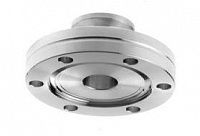
Adapters for CF / ISO-KF SVB connections
ConFlat (CF) standard connections are used еo ensure the connection of components of vacuum systems operating in the field of high and ultra-high vacuum.
Vakuummash
Kazan
Produced in: Kazan
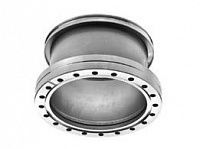
Adapters for CF/ ISO-K SVB connections
ConFlat (CF) standard connections are used еo ensure the connection of components of vacuum systems operating in the field of high and ultra-high vacuum.
Vakuummash
Kazan
Produced in: Kazan
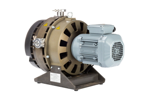
NVSp-35 Spiral Vacuum Pump
The NVSp-35 dry vacuum spiral pump can operate continuously at an inlet pressure of no more than 10 kPa (75 mm Hg), pumping out one or more sealed vessels with a total volume of no more than 3.5 m3 from atmospheric to residual pressure during the day. Pumping of vessels of the specified volume with leakage is allowed, but the leakage should not cause an increase in pressure at the pump inlet of more than 10 kPa (75 mm Hg).
Vakuummash
Kazan
Produced in: Kazan

Laboratory high weight table SV-150.64.90.PLC
A 900 mm high table with a 1500×640 mm countertop.
It is designed for long-term operation, the power frame does not contain aluminum and plastic parts in the fasteners.
Overall dimensions of the external table 1500x640x900 mm
Overall dimensions of the inner table 600x400x900 mm
Termeks
Tomsk
Produced in: Tomsk
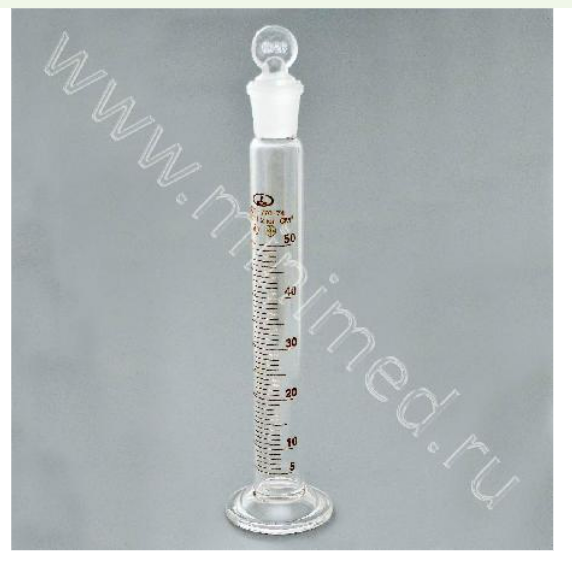
Cylinder 2-50-2 with glass base and lid
from
513 ₽
Designed for dispensing volatile liquids. The applied scale of brown or white colors is completely resistant to any influences.
TU 9464-013-52876351-2014, GOST 1770-74, pack.6/144 pcs, MiniMedProm
Manufactured according to specifications 9464-013-52876351-2014 in accordance with the technical requirements of GOST 1770-74.
The products are made of chemical laboratory glass according to GOST 21400. Version 2, accuracy class 2.
RU No. RZN 2016/4740 dated 10/25/2021
MiniMed
Suponevo
Produced in: Bryansk region
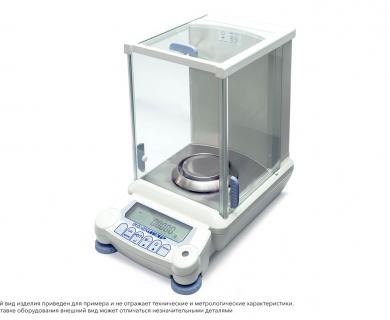
Analytical scales VL-220C
from
194 990 ₽
Technical specifications:
PV, g220
Discreteness, g0,0001
Calibration,self-calibration
Diameter of the scale bowl, mm80
The smallest weighing limit, g0.01
The price of the verification division, mg1
The limits of permissible error in the weighing intervals during verification, mgot 0.01g to 50g incl. ± 0.5; sv. 50g to 200g incl. ± 1.0; sv. 200g to 220g incl. ± 1.5 according to GOST OIML R 76-1-2011
Accuracy class according to GOST OIML R 76-1-2011I special
The actual typical error limits of the scales, mg * ± 0.3 in the entire range
The time of setting the readings, seconds, no more-fast mode - 3; - standard mode - 6
Overall dimensions of the scales (LxWxH), mm356x220x338
Weight of the scales, kg, no more than 7,6
Adjustment weight built
7 years warranty
Gosmetr
Saint Petersburg
Produced in: Saint Petersburg
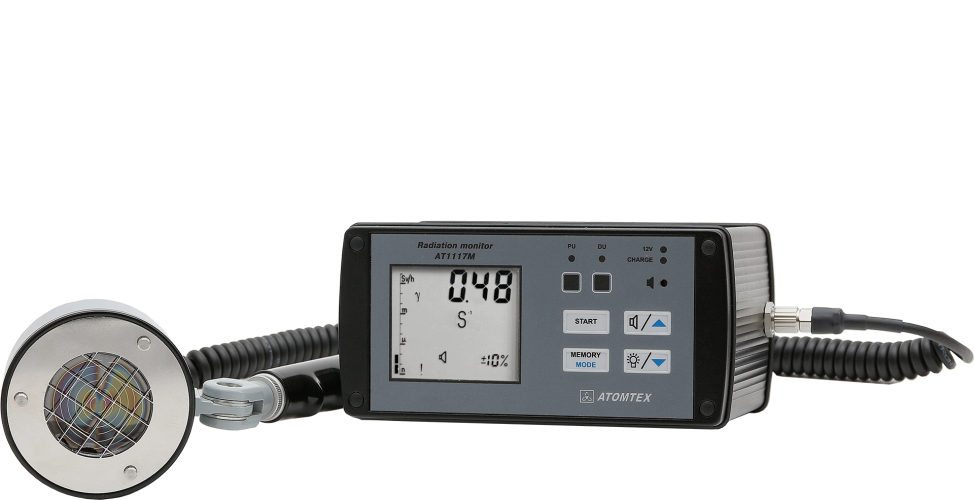
DOSIMETER‑RADIOMETER MKS‑AT1117M (WITH DETECTION UNIT BDPS‑02)
General monitoring of contamination of various objects with radioactive substances in the counting rate mode, with the possibility of separate measurement of the alpha particle flux density and beta particle flux density, as well as the gamma radiation dose rate
A wide range of measurements
The possibility of using an extension rod
Atomtekh
Minsk
Produced in: Belarus, Minsk
